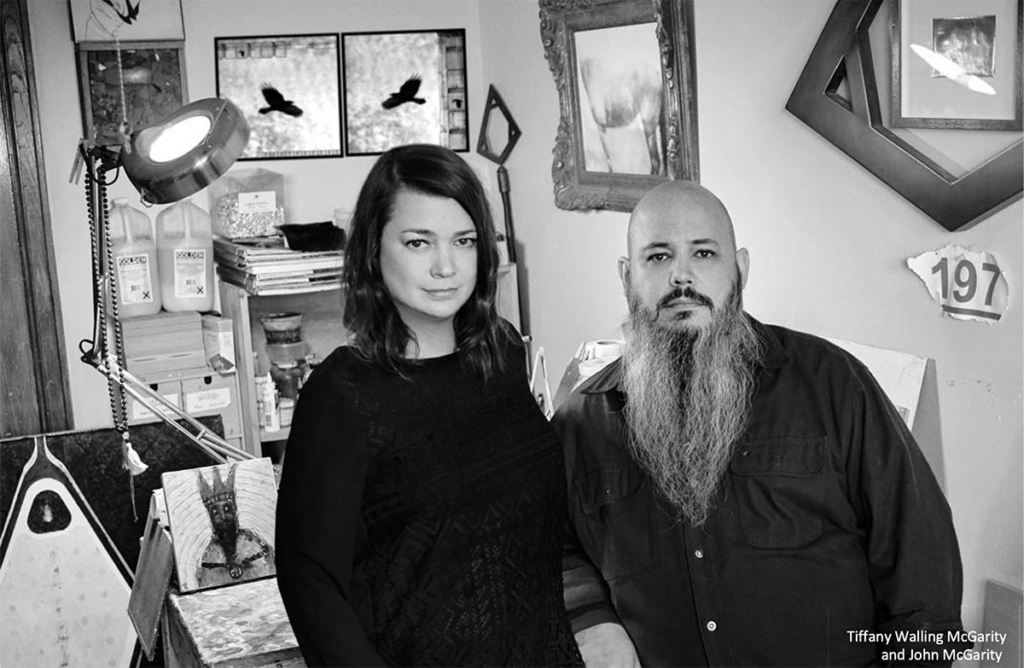3 Insider Tips to Land the Art Internship of Your Dreams

Goodbye Summer, Hello Internship!

We know how important it is to land an art residency or internship. We also know how hard it is to feel noticed, and we want to help.
It’s time to set aside the suntan lotion and perfect those resumes! Accomplished artist Richard Whitten is here with three steps to get you closer to your dream internship.
1. Research
To start, research your state arts council. These state organizations are partially funded by the National Endowment for the Arts and collectively represented by the National Assembly of State Arts Agencies.
State arts councils are great sources not only of grant monies but also of information. They provide seminars on artist professionalism, and they keep artist registries which are accessed by organizations across the country.
And, when looking for residencies, try resartis.org. This website is wonderful because it gives a comprehensive listing of residencies by country.
If you are more interested in an internship than a residency, you need to understand most professional artists use assistants. But the manner in which the relationship is made isn’t standardized. I usually cherry-pick students who have or could develop skills I need in the studio. But, more commonly, students write letters to artists offering to work for them.
Fingers crossed you get an interview, but be aware the artist will determine whether he or she can work closely with you. Respect the fact you’ll not be entering just any studio, but the artist’s private world of art-making. You’ll be living with his or her work habits, not imposing your own.
2. Apply

Applications to residencies and even letters inquiring about internships all include the same elements: samples of your work, an artist’s statement and project proposals. Submit the best possible images of your work. The standard number for a set of application images is 10.
Learn basic Photoshop techniques. The full Photoshop application is expensive, but Photoshop Elements isn’t. Take high-resolution images that can be reduced to the specifications of the grant.

Keep your artist’s statement simple and short, under one page. Avoid flights of fancy and poetry and clichés: “I could never have been anything but an artist;” “My paintings are a communion of my soul and yours.” Read your statement aloud, and make sure the sentences actually mean something. Be honest. Don’t brag, but don’t underplay yourself.
The best projects to propose are the ones that are already half finished. If you’ve completed a similar project in the past, so much the better, because you’ll be able to describe the current project accurately. Your objective is to show your project is worthwhile and you’re capable of completing it within the time and budget allotted.

3. Get started NOW!
One final bit of advice: Don’t wait until the last minute! Organize your images and write your three essays. Then the application process won’t be so daunting when an opportunity arises. You’ll easily be able to modify your essays and image selection to fit individual applications. Good luck, artists!
*The information featured in this post was written by Richard Whitten and pulled from an upcoming article of The Artist’s Magazine





Essays is real important and if it is possible write the thoughts/history behind the creation.
https://www.kunstsamlingen.dk